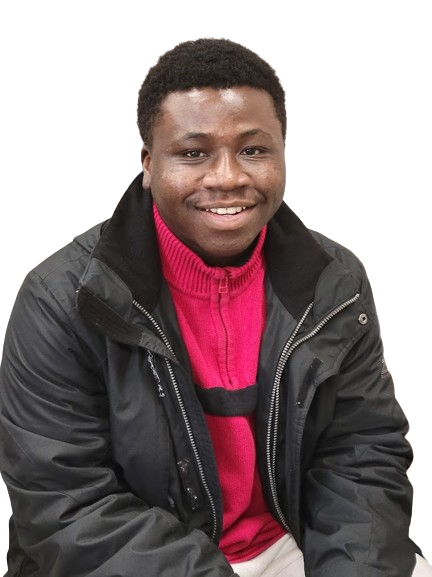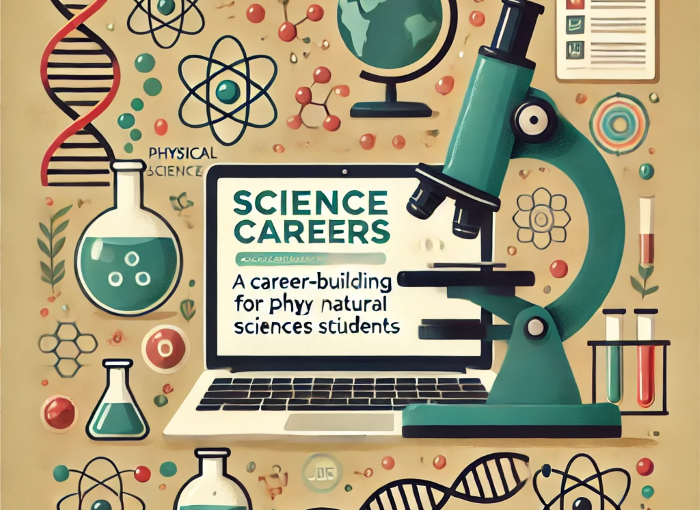When we think of careers in healthcare, doctors and nurses often come to mind. However, Pharmacy Technicians play a crucial behind-the-scenes role in ensuring patients receive the right medications safely and efficiently. As demand for prescription medications continues to rise, so does the need for skilled pharmacy technicians who can support pharmacists in dispensing medications and providing excellent patient care.
What Do Pharmacy Technicians Do?
Pharmacy Technicians are healthcare professionals who assist pharmacists in preparing and dispensing medications. Their responsibilities include:
🔹 Filling prescriptions – Measuring and packaging medications as directed by a licensed pharmacist.
🔹 Managing inventory – Stocking shelves, ordering supplies, and ensuring medications are stored properly.
🔹 Processing insurance claims – Handling billing and insurance verification for patients.
🔹 Providing customer service – Answering patient questions (within their scope) and referring more complex concerns to the pharmacist.
🔹 Compounding medications – In some settings, pharmacy technicians may mix medications following strict safety protocols.
🔹 Maintaining patient records – Ensuring accurate documentation of prescriptions and medical histories.
Pharmacy technicians serve as an essential link between patients, pharmacists, and healthcare providers, making sure medications are dispensed accurately and efficiently.
Where Do Pharmacy Technicians Work?
Pharmacy Technicians have diverse employment opportunities in various healthcare and retail settings, including:
🏥 Hospitals and Medical Centers – Working alongside healthcare teams to distribute medications for inpatient care.
💊 Retail Pharmacies – Assisting customers in chain pharmacies like Walgreens, CVS, or local independent pharmacies.
🏛️ Long-Term Care Facilities – Providing medications to nursing homes, assisted living centers, and rehabilitation facilities.
🔬 Compounding Pharmacies – Specializing in preparing customized medications for patients with unique medical needs.
🚛 Mail-Order and Online Pharmacies – Processing and shipping prescriptions for remote patients.
🏢 Pharmaceutical Companies – Supporting research, manufacturing, and distribution of medications. The versatility of this role allows Pharmacy Technicians to work in environments that match their interests and career aspirations.
Who Do They Work With?
Pharmacy Technicians collaborate with a variety of professionals in the healthcare and pharmaceutical industries, including:
👨⚕️ Pharmacists – Working under the supervision of licensed pharmacists to dispense medications.
🩺 Doctors and Nurses – Coordinating prescription orders for patient care.
📜 Insurance Specialists – Handling coverage and reimbursement for medications.
👩💼 Customers and Patients – Providing excellent customer service and addressing concerns about prescriptions.
They are an integral part of the healthcare system, ensuring patients receive timely and safe access to their medications.
What is the Job Outlook for Pharmacy Technicians?
The demand for Pharmacy Technicians is steadily increasing, driven by an aging population, expanded healthcare services, and growing pharmaceutical needs.
📈 Job Growth: According to the Bureau of Labor Statistics (BLS), employment of pharmacy technicians is expected to grow 5% from 2021 to 2031, in line with the national average for all occupations.
💰 Salary Potential: The median annual wage for Pharmacy Technicians is around $37,790, with opportunities for higher earnings in hospitals, specialty pharmacies, and government settings.
🌍 Career Advancement: Pharmacy Technicians can pursue additional certifications, specialize in areas like sterile compounding, or even advance into pharmacist roles with further education. With increased automation and evolving pharmacy practices, the role of Pharmacy Technicians continues to expand, offering new and exciting career opportunities
How Do I Become a Pharmacy Technician?
Becoming a Pharmacy Technician requires a combination of education, training, and certification. Here’s how to get started:
1️⃣ Meet Educational Requirements – A high school diploma or GED is typically required. Some states may have additional requirements.
2️⃣ Complete a Pharmacy Technician Training Program – Many community colleges, vocational schools, and online programs offer certification programs lasting 6 months to 2 years.
3️⃣ Gain Hands-On Experience – Some states require internships or on-the-job training to develop practical skills.
4️⃣ Obtain Certification – Many employers prefer or require certification from organizations like:
- Pharmacy Technician Certification Board (PTCB) – Administers the Certified Pharmacy Technician (CPhT) exam.
- National Healthcareer Association (NHA) – Offers the ExCPT (Exam for the Certification of Pharmacy Technicians).
5️⃣ Maintain Certification and Continue Education – Most certifications require renewal every two years, often requiring continuing education credits.
Some states require licensure, so it’s important to check local regulations before pursuing this career
In the Know: Professional Organizations and Resources
To stay informed and advance in this career, consider these professional organizations:
🔹 Pharmacy Technician Certification Board (PTCB) – Offers certification and continuing education.
Website: https://www.ptcb.org
🔹 National Healthcareer Association (NHA) – Provides pharmacy technician exams and career resources.
Website: https://www.nhanow.com
🔹 American Association of Pharmacy Technicians (AAPT) – Supports networking, advocacy, and education for pharmacy techs.
Website: https://www.pharmacytechnician.com
🔹 National Pharmacy Technician Association (NPTA) – Offers training, courses, and professional development.
Website: https://www.pharmacytechnician.org These organizations provide valuable training, certification guidance, and career support for aspiring Pharmacy Technicians.
Conclusion
Pharmacy Technicians are essential members of the healthcare team, ensuring that patients receive the right medications safely and efficiently. This career is ideal for those who are detail-oriented, enjoy working in a healthcare setting, and want to play a direct role in patient well-being.
With strong job prospects, diverse work environments, and opportunities for advancement, becoming a Pharmacy Technician is a rewarding path for those interested in pharmaceutical sciences and healthcare support.
Ready to start your journey? Explore certification programs and take the first step toward an exciting career in pharmacy today! Reach out to the Career Center via email at careercenter@lawrence.edu or book an appointment by clicking Here.
References
American Association of Pharmacy Technicians. (n.d.). About AAPT. Retrieved from https://www.pharmacytechnician.com
Bureau of Labor Statistics. (2022). Pharmacy Technicians: Occupational outlook handbook. U.S. Department of Labor. Retrieved from https://www.bls.gov/ooh/healthcare/pharmacy-technicians.htm
National Healthcareer Association. (n.d.). Pharmacy technician certification (ExCPT). Retrieved from https://www.nhanow.com/certifications/pharmacy-technician
National Pharmacy Technician Association. (n.d.). Pharmacy technician career information and training. Retrieved from https://www.pharmacytechnician.org
Pharmacy Technician Certification Board. (2023). Certified Pharmacy Technician (CPhT) program. Retrieved from https://www.ptcb.org
U.S. Food and Drug Administration. (2021). The role of pharmacy technicians in medication safety. Retrieved from https://www.fda.gov/drugs

Dennis Boakye ’26 is a junior with a major in Neuroscience and a minor in Mathematics. He is also a co-president of the Neurolawrence Club and the Synthetic Biology Club and the treasurer for the American Medical Student Association (AMSA, Lawrence Chapter) and the Black Student Union (BSU). Dennis is the current career peer educator for the Health and Medicinal Professions (HMP) and the Physical and Natural Sciences (PHN) career communities at Lawrence University. Connect with Dennis on LinkedIn.

